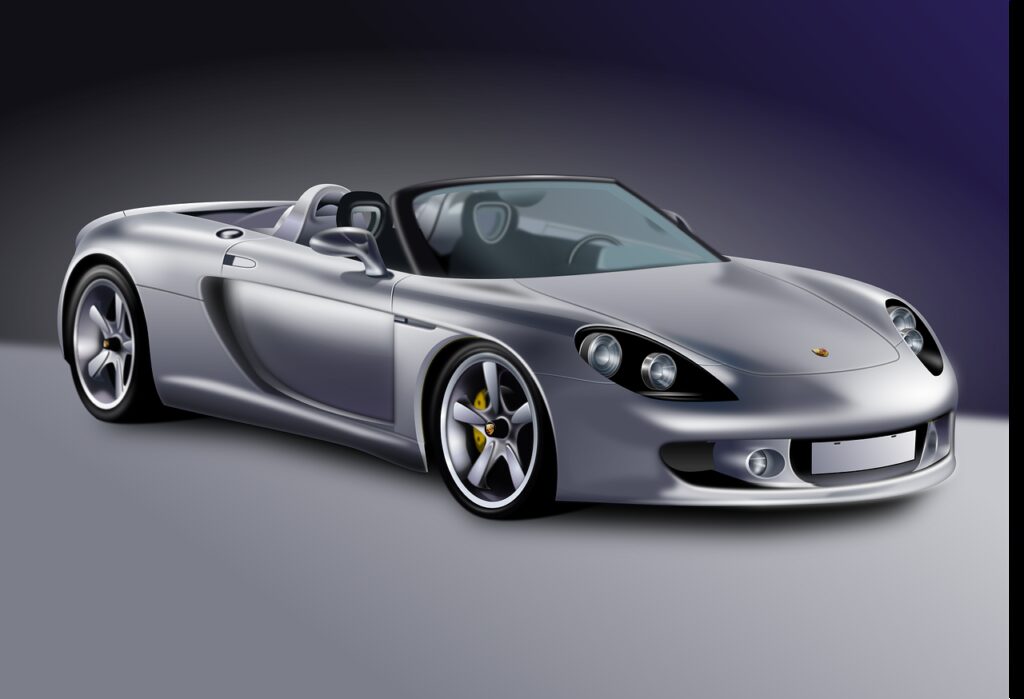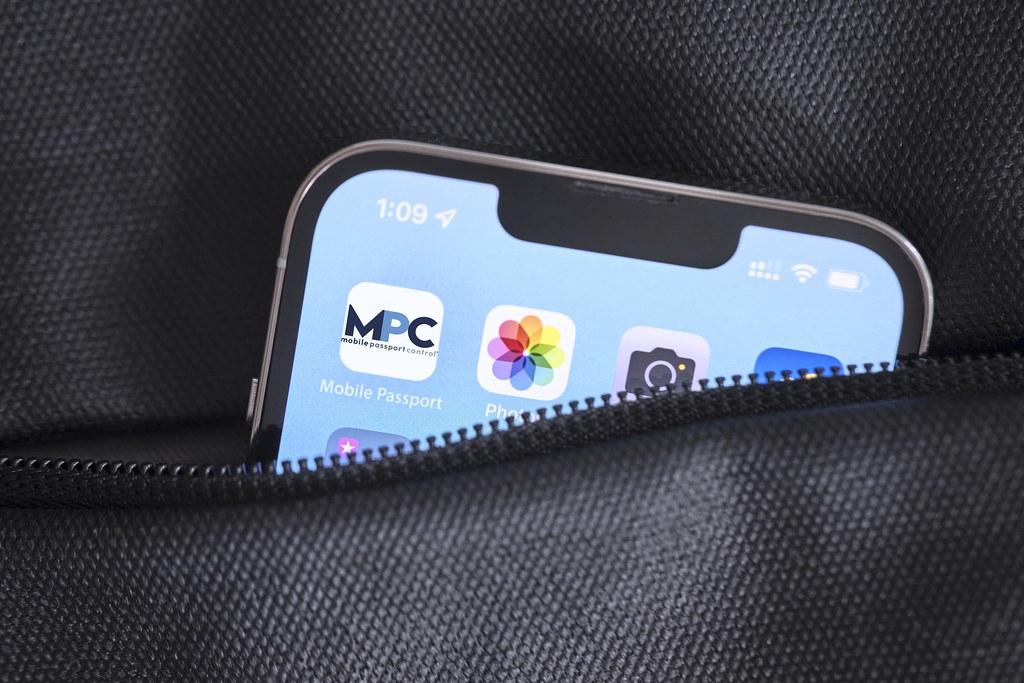Have you ever walked through a car dealership and felt as though an army of enraged machines were staring at you? It’s not just your imagination. The automotive industry has shifted towards more aggressive designs, and it’s not just sports cars that are baring their fangs. Every new car seems designed to intimidate rather than welcome, from the menacing grilles to the ‘angry eye’ headlights. But why is this the case? Why do cars today look like they’re ready to cause a scene rather than drop the kids off at soccer practice?
Shopper Brain research and Market Elements
The trend towards aggressive vehicle design isn’t just a matter of style; it’s a reflection of consumer psychology and market dynamics. The automotive industry, like any other, is subject to the whims and preferences of its customers. According to some research, many buyers are drawn to vehicles that exude power and strength. This preference for a more ‘aggressive-looking’ vehicle has led to design choices that emphasize angular headlights and wider grilles, giving the car a look that is more beast than buddy.
Yet, we should make a stride back and consider the development of vehicle plan. It wasn’t generally along these lines. Previously, vehicles like the first Small and Fiat 500 were planned with a lively disposition. Their ‘faces’ were amicable, and their headlights seemed to be inviting eyes than limited glares. Notwithstanding, as the years have passed, even these models have capitulated to the pattern, taking on the skewed, irate front light plan that is turned into really quite normal.
This shift towards forceful vehicle configuration isn’t simply an irregular event. A determined move via automakers comprehend that plan can impact buyer conduct. The ‘furious’ look takes advantage of a basic nature for power and control, which can be especially engaging in a general public that values strength and confidence. As it were, the vehicle you drive turns into an expansion of your character, and for the vast majority, that implies picking a vehicle that seems as though it implies business.
Influence on the Normal Shopper
Yet, what’s the significance here for the typical customer who isn’t searching for a forceful vehicle? What might be said about we who need a cordial looking family vehicle? Sadly, we’re in the minority. The market is driven by the larger part, and as long as the interest for ‘furious’ vehicles exists, makers will keep on creating them. This intends that there aren’t no agreeable confronted vehicles left; it simply implies that they’re harder to find in the midst of the ocean of glares.
The aggressive styling of modern vehicles could also be a reflection of the times we live in. If car design is a mirror to society’s mood, it’s possible that the prevalence of angry-looking vehicles is indicative of a collective bad mood. The world is a stressful place, and perhaps we’re unconsciously choosing cars that reflect our frustration and desire for control in an unpredictable environment.

Outcomes of Forceful Plan
Moreover, the aggressive design trend isn’t without its implications. It could be argued that these intimidating machines contribute to the hostility on our roads. When you’re surrounded by cars that look like they’re ready for a fight, it’s not a stretch to imagine that drivers might adopt a more aggressive driving style to match. It’s a self-fulfilling prophecy: aggressive cars breed aggressive drivers, which in turn justifies the production of more aggressive cars.
The More extensive Effect on Society and the Vehicle Business
Beyond the psychology of aggressive car designs, we should delve into the broader impact this trend has on society and the automotive industry. The aggressive styling of cars isn’t just a superficial change in aesthetics; it has deeper implications for how we interact with our machines and with each other on the road.
The prevalence of ‘angry’ cars could be contributing to a more aggressive driving culture. When surrounded by vehicles that look like they’re ready for battle, it’s possible that drivers subconsciously adopt a more combative driving style. This can lead to a less courteous and more hostile environment on our roads, which is already a place where tensions can run high. The design of a car can influence the behavior of the driver, and when that design is aggressive, it may encourage aggressive behavior.
Also, the shift towards forceful styling has huge ramifications for the car business. As new vehicles are fizzling at uncommon rates, with measurements recommending a deteriorating pattern, the business is confronting an emergency of dependability. The J.D. Power Beginning Quality Review (intelligence levels) and Vehicle Steadfastness Study (VDS) have shown a multiplying in the quantity of issues per vehicle over the course of the past ten years. This decrease in quality isn’t exclusively because of the forceful plan, however it merits thinking about whether the push for a more prevailing look is eclipsing the requirement for quality and dependability.

The forceful plan pattern is likewise an impression of the times, with cultural mind-sets perhaps impacting vehicle feel. In the event that vehicle configuration is for sure a mirror to society’s state of mind, the furious look of current vehicles may be demonstrative of an aggregate disappointment or a craving for control in an unusual world. This pattern is settled in across each portion of the vehicle and van market, filling no sane need other than to mirror a feeling of force and predominance.
In any case, not all brands have surrendered to this pattern. Lexus, for instance, has figured out how to keep a standing for quality and dependability, as confirmed by the information from J.D. Power’s investigations. Lexus and its parent organization Toyota have reliably positioned at the top for dependability, recommending that focusing on both plan and quality is conceivable. The brand’s prosperity shows that buyers actually esteem dependability and that there is a business opportunity for vehicles that don’t adjust to the forceful styling pattern.
The effect of forceful vehicle plans on the car business is likewise obvious in shopper buying choices. With better data accessible, buyers are turning out to be seriously knowing. They are probably going to stay away from specific model years known for quality issues, and brands that reliably perform inadequately in dependability studies. This could prompt a change in market elements, where dependability turns into a more huge consider the outcome of a vehicle brand.
Although the aggressive design of modern cars may appeal to some consumer preferences, it is important to consider the wider implications of this trend. The auto industry needs to balance consumers’ desire for powerful-looking cars with their need for reliability and quality. As consumers become more informed, they will likely gravitate towards companies that can deliver both. It’s the perfect opportunity for the auto industry to reflect and critically examine the direction that vehicle design is taking. Perhaps it’s time to welcome back the friendly faces to our streets and focus on the joy of driving rather than the intimidation factor.
Related posts:
Why Are Cars Looking So Angry?




